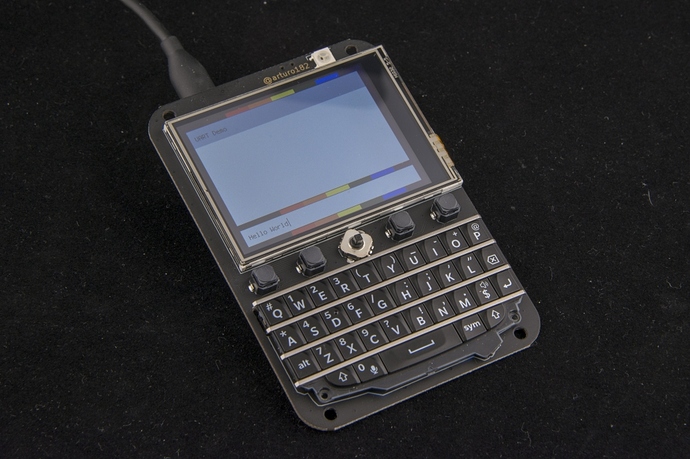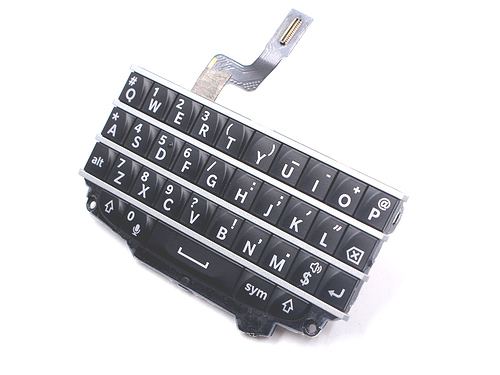Hello world!,
I recently purchased the “Keyboard FeatherWing” from https://www.solder.party via pimoroni. It has an LCD screen, qwerty keyboard, SD card slot and RGB led.
Keyboard FeatherWing
https://www.solder.party/docs/keyboard-featherwing/
I am using a feather M4 express with it running uLisp arm… works fine but I am yet to implement all the relevant drivers to turn it into a uLisp computer.
I will document my progress in this thread and post any code I create that others may find useful… this is a spare time project so it may take some time :)
So far I followed the adafruit guide for the M4 feather express to flash it via arduino and flashed the ARM uLisp code with a few headers uncommented for vt100 and line editing. The next steps are…
- Get the graphics library working with the LCD screen.
- Create an i2c driver for the keyboard
- Access the SD card
- Control the RGB led
- Document turning it into a personal lisp computer (or alternative lisp badge).
Any comments, thoughts or suggestions are appreciated!
Thanks for uLisp! I have been learning common lisp recently and I was pleasently surprised to find uLisp and its its comprehensive documentation and examples. Fantastic work!


